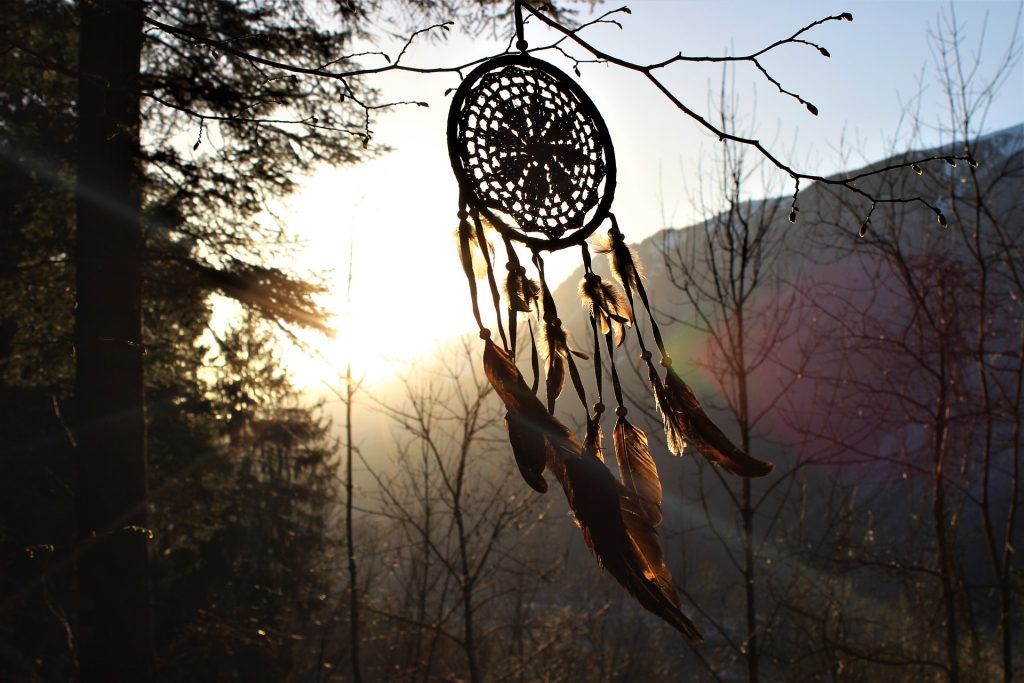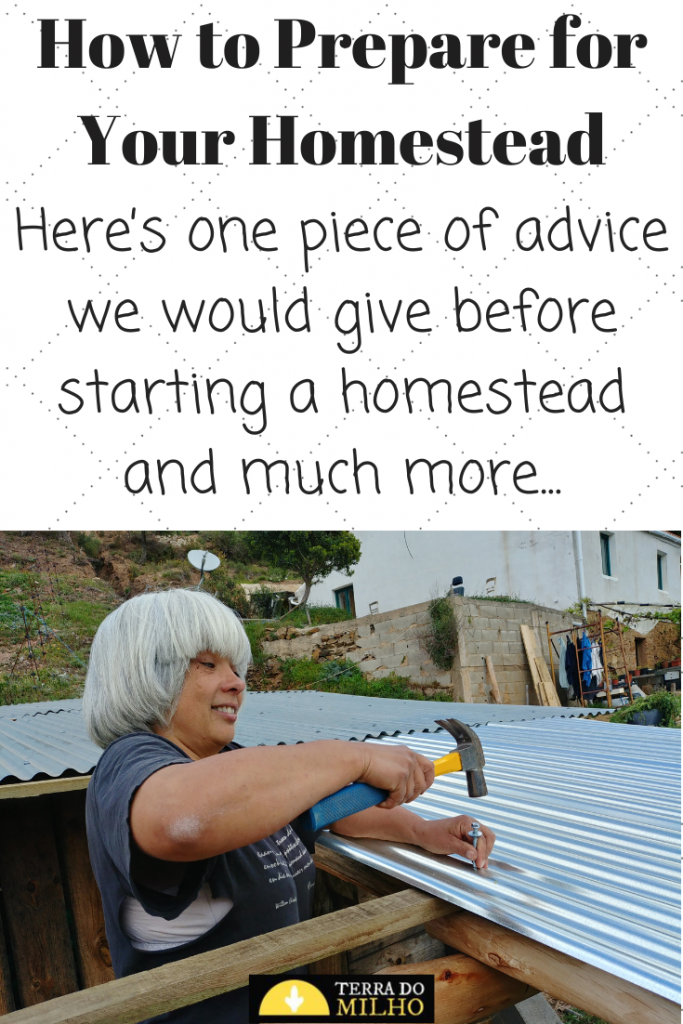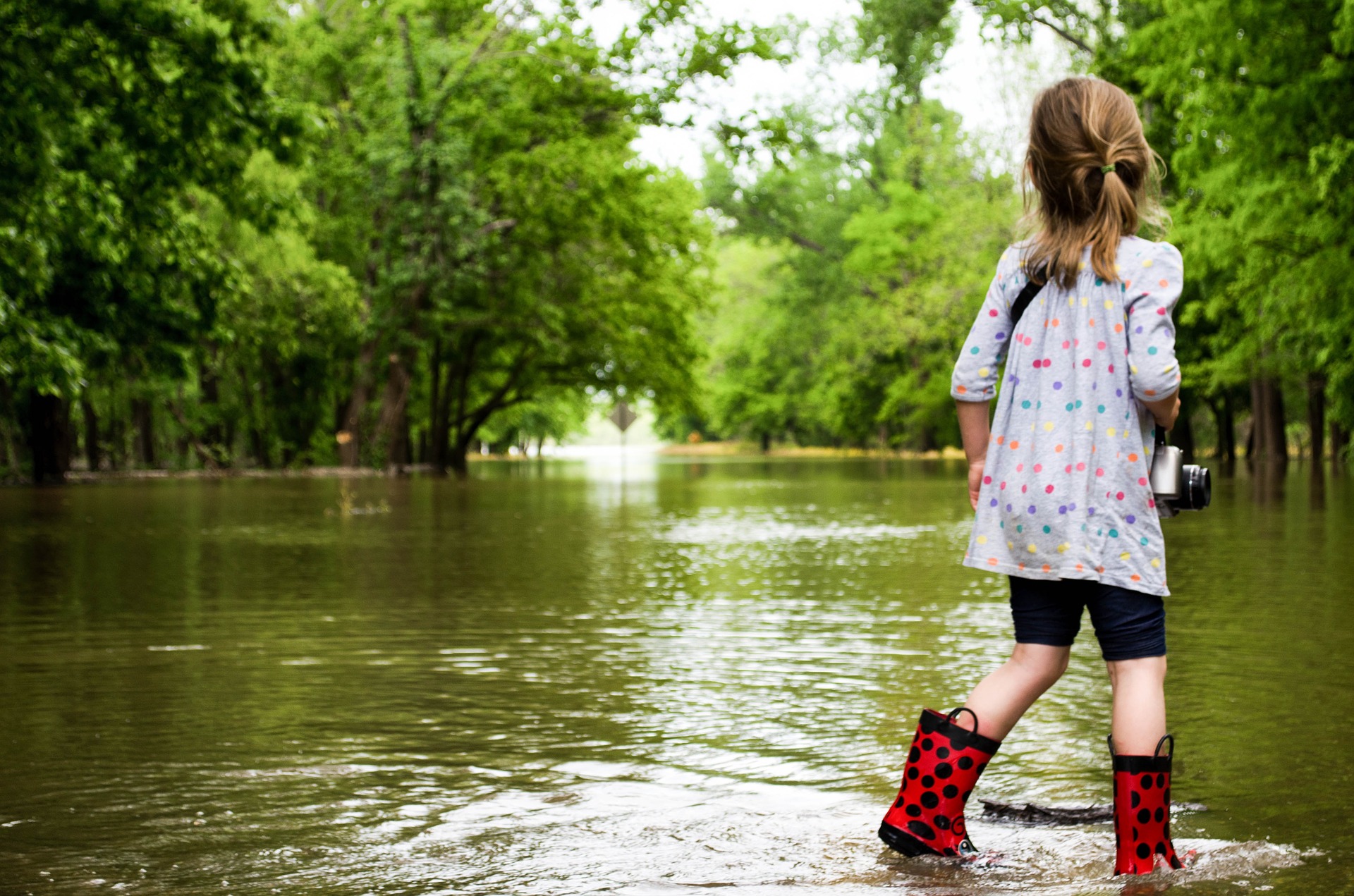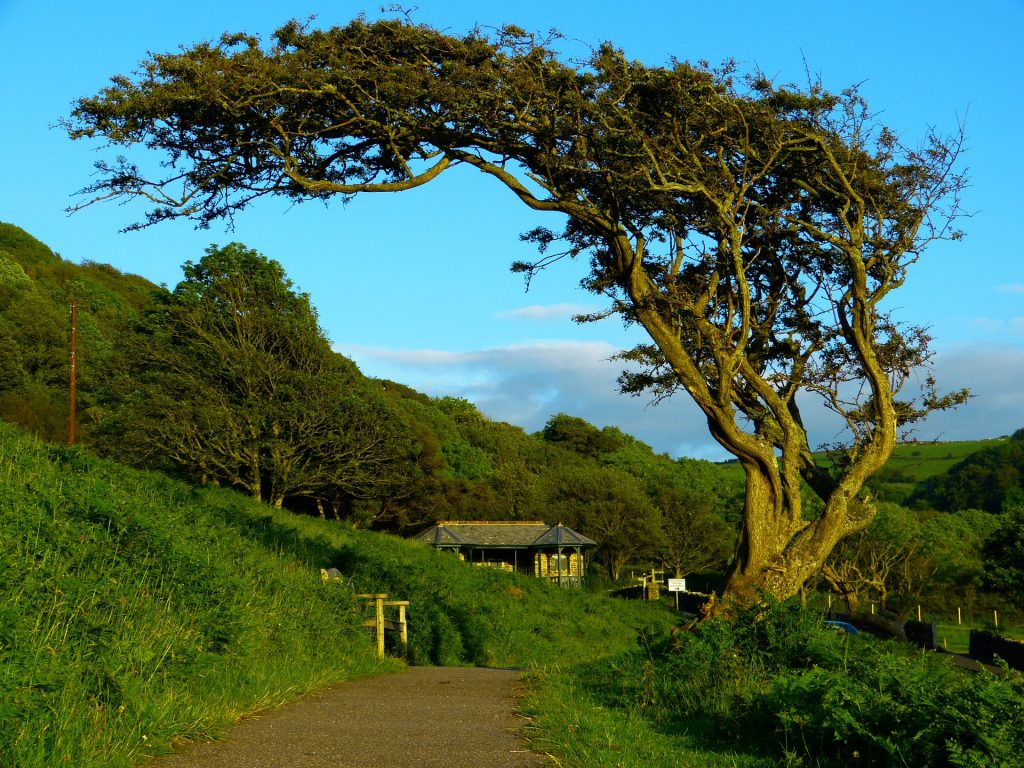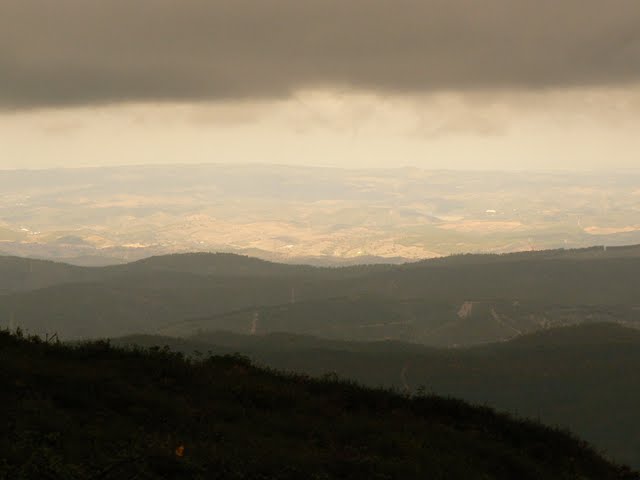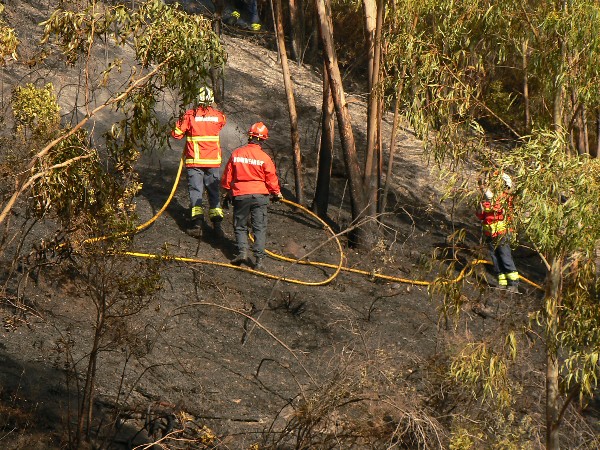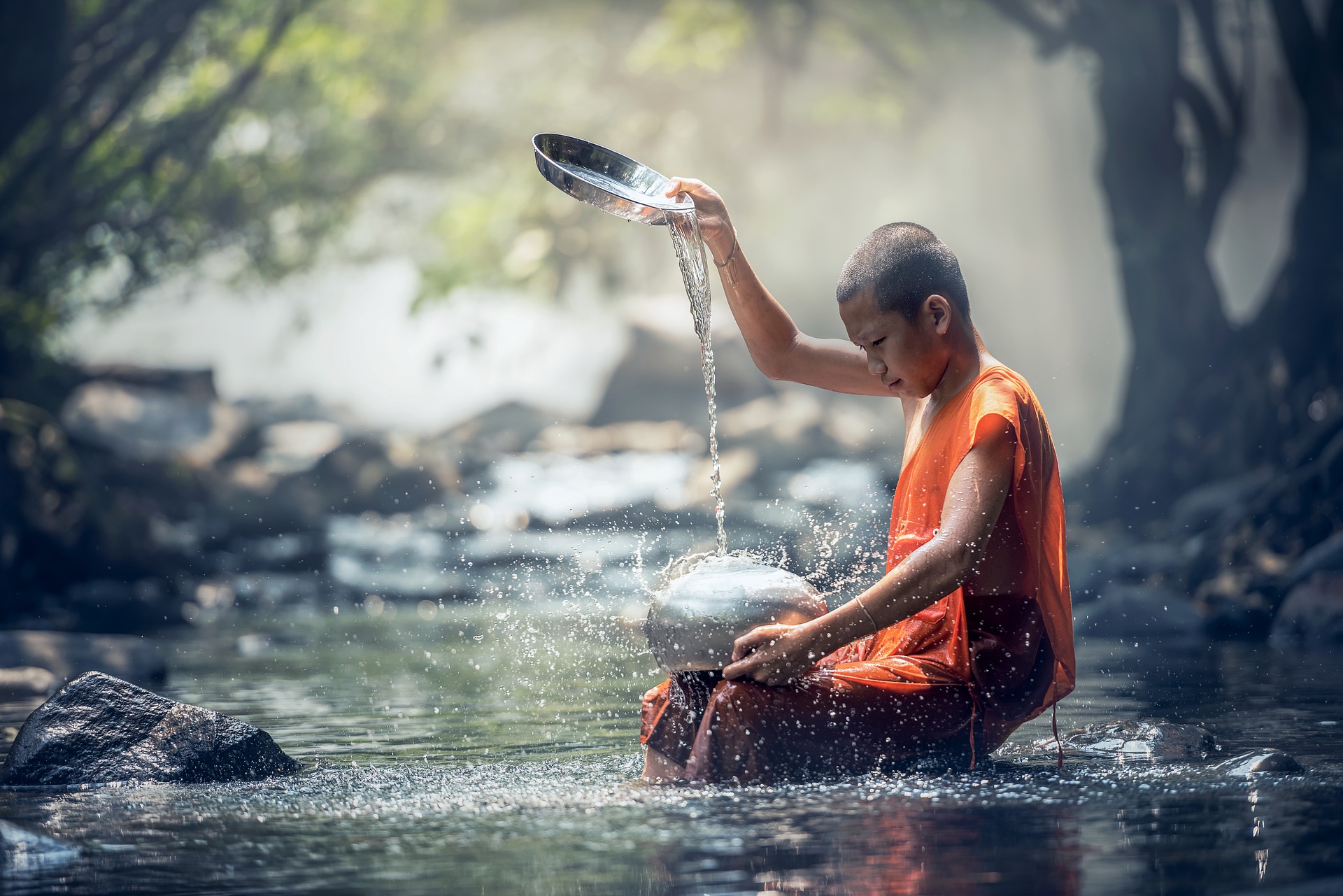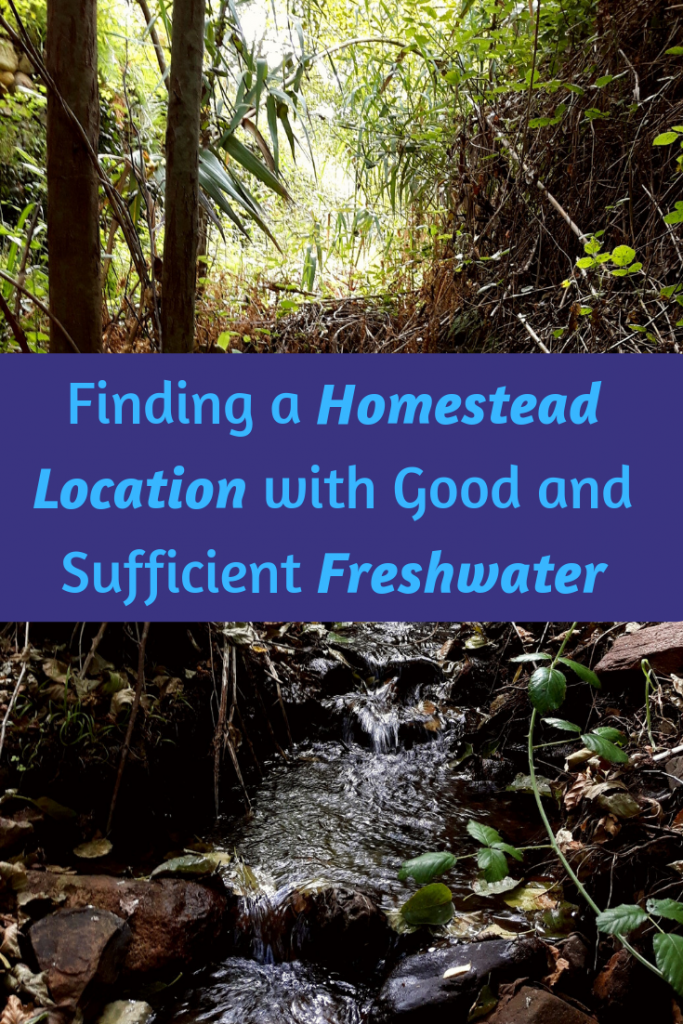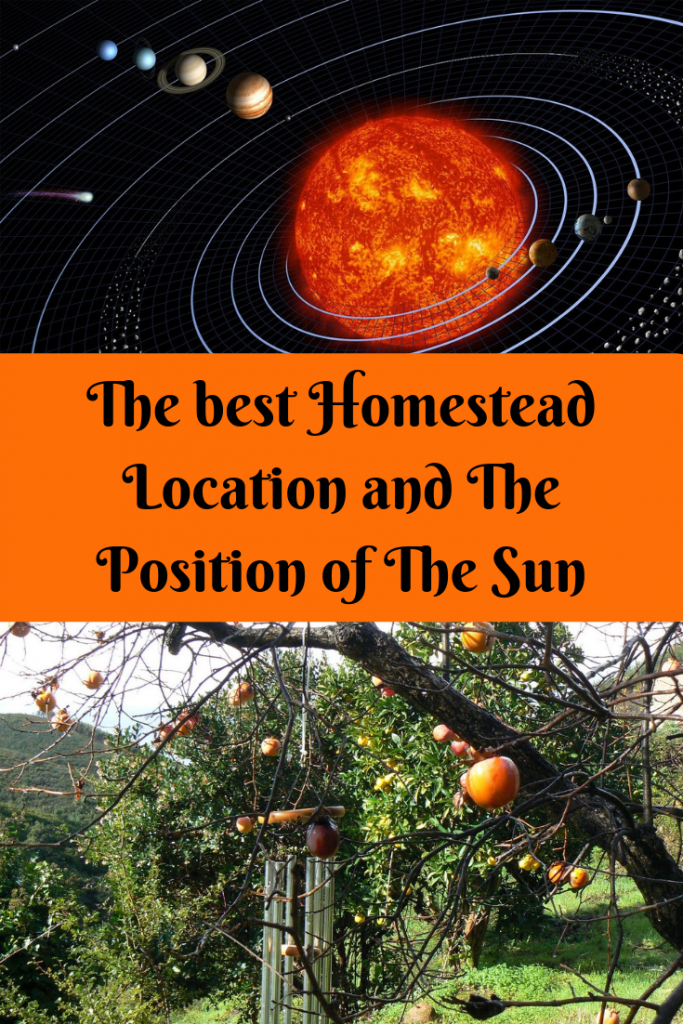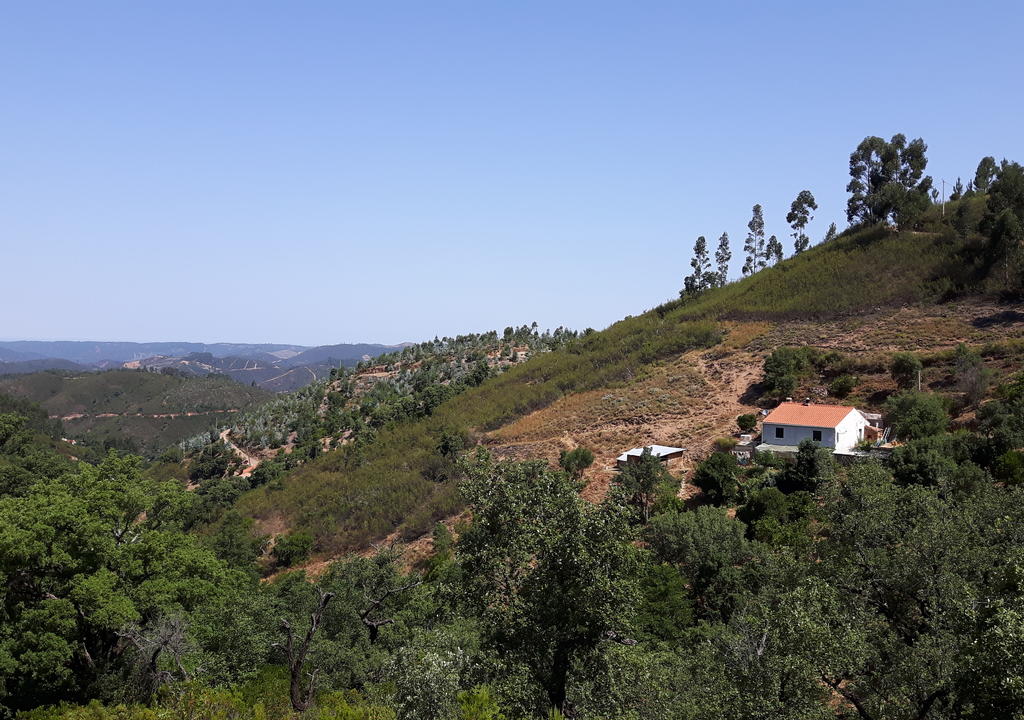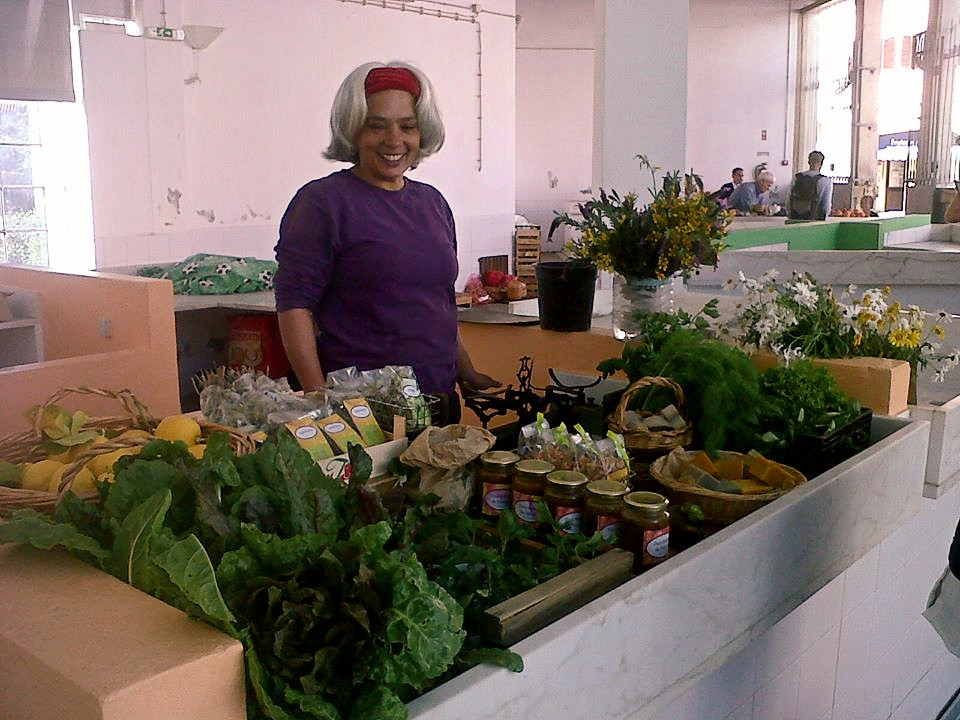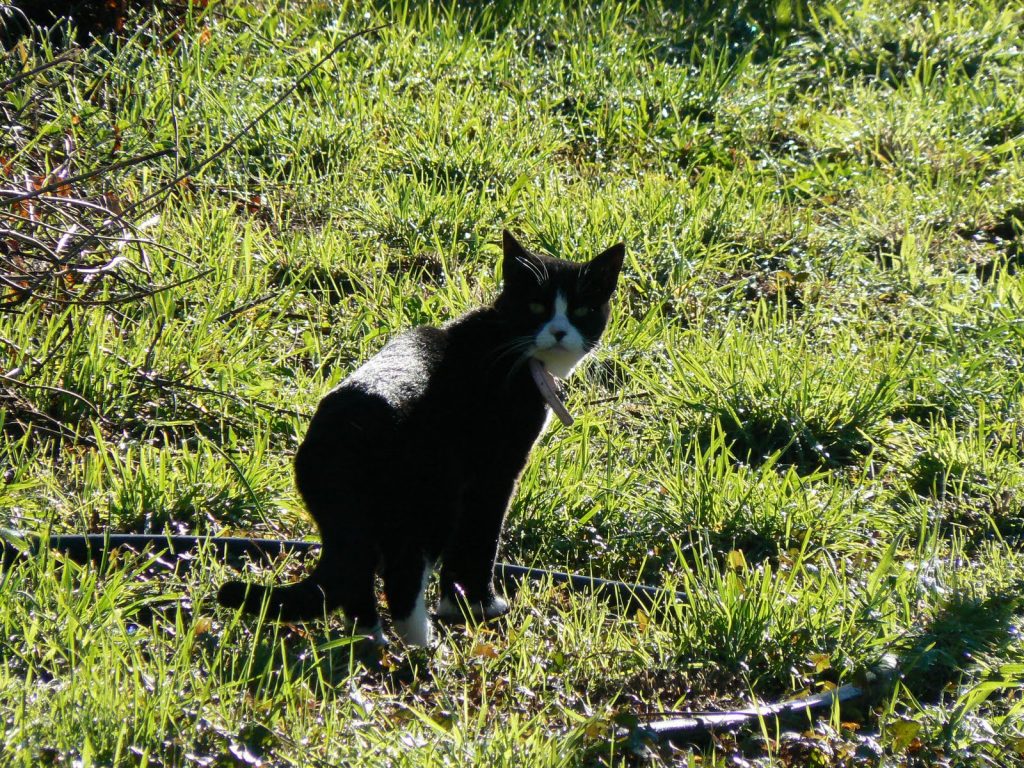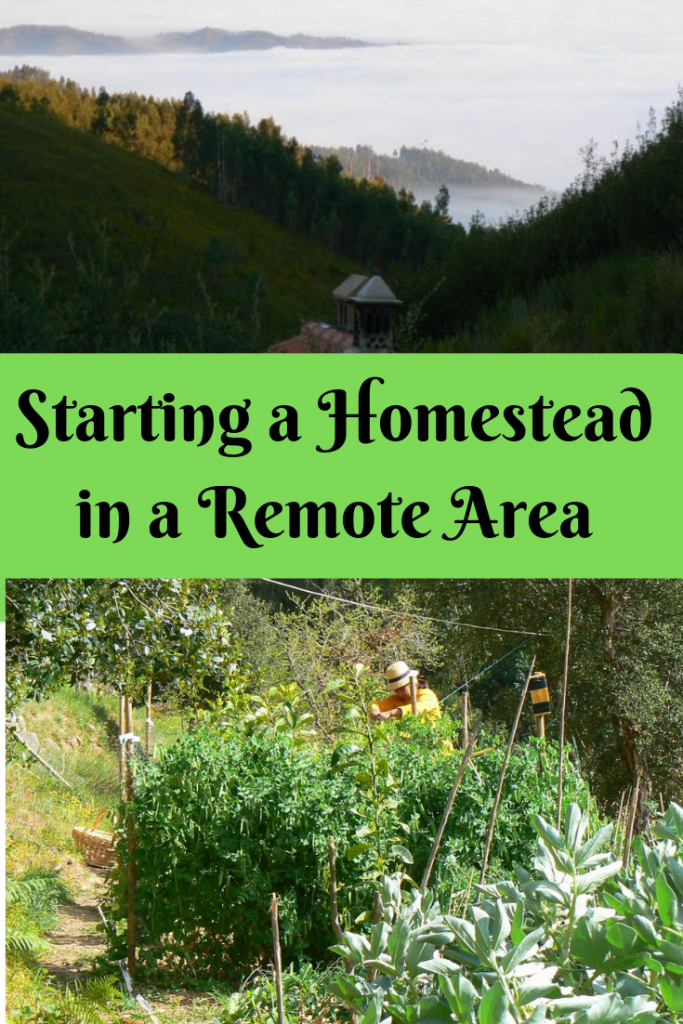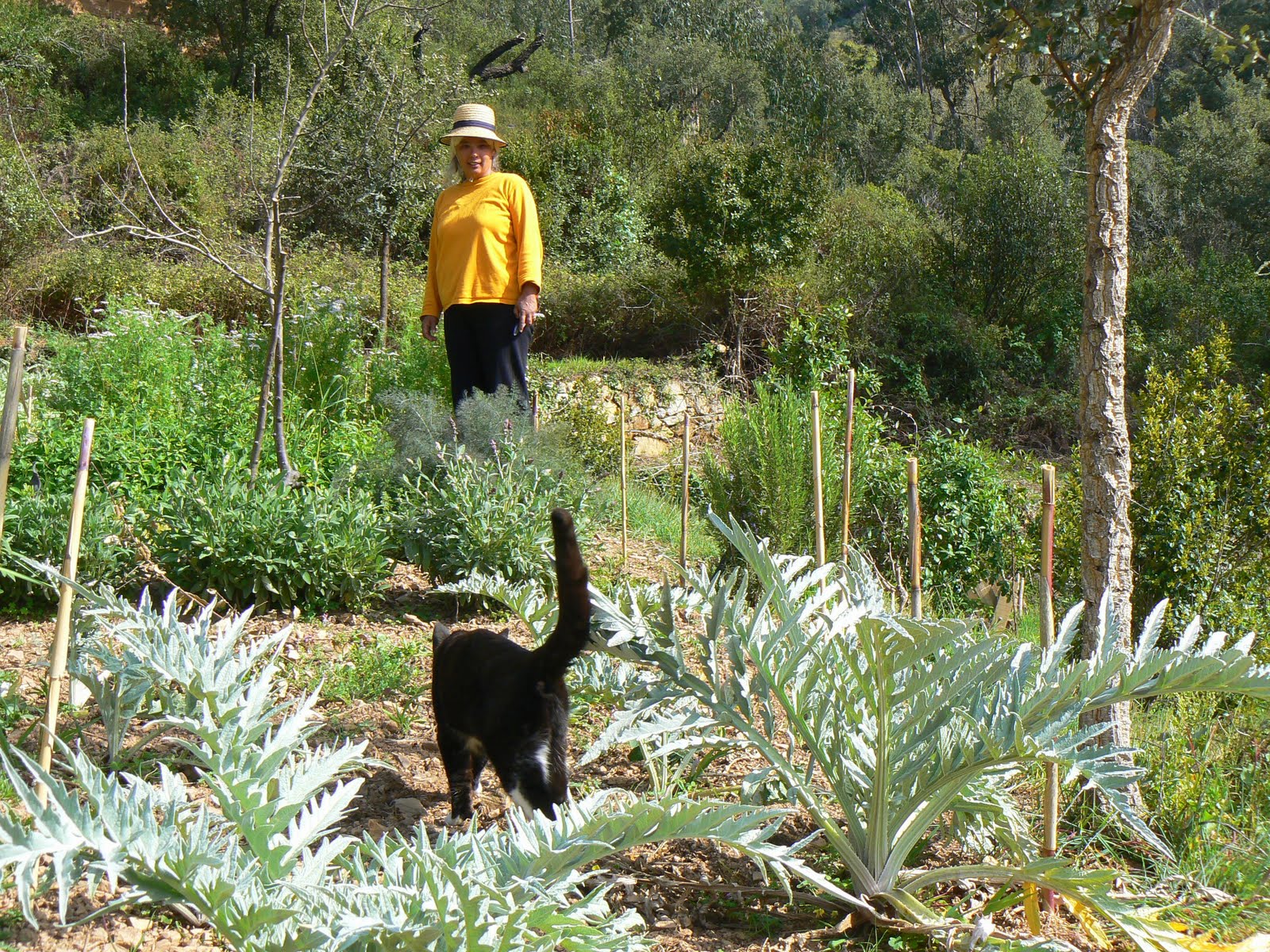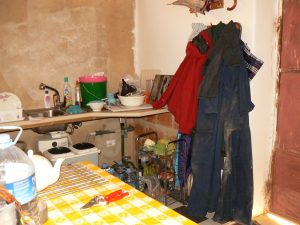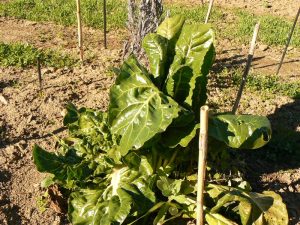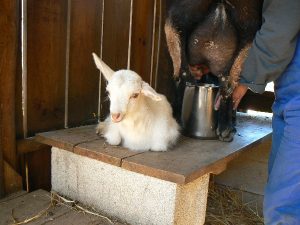Do you want to know how to prepare for homesteading? Are you up for a major change in your life? To break free and realise your dream? Is your dream starting a homestead?
Do you want to know how to get there? Well, here are the first steps you can take.
When you have read this blog you will be able to set the first steps towards homesteading. These steps are a foundation for your future homestead.
What’s one piece of advice you would give before starting a homestead?
Whether you want to start an Urban Homestead or move into the middle of nowhere, there’s always this advice: prepare yourself for homesteading very well before you start. Gather knowledge and skills, organise your finances and make a solid plan.
The question however is how do you prepare yourself? What do you need to prepare yourself for? What knowledge do you need? And what skills?
These are the questions we want to look into in this blog. Because the answers to these questions depend very much on what you have in mind as your own unique Homestead. If you do not have a clear picture of what your own unique Homestead will be like yet, don’t despair. We will cover that one.
To prepare yourself for homesteading, however, you will need to get a clear picture of the homestead that you want first.
What would be the first step?
So, the first step, even before you start your preparations, would be to get a clear picture of what your dreamed homestead would look like.
Why is a clear picture of your homestead so important?
Because there are many different homesteads. Everybody has his/her own project with its own characteristics. And every type of homestead needs its own preparation.
When your homesteading dream is to move out into the countryside and go completely off-grid you might need to research into solar panels and windmills. Your lifestyle might have to become very basic. For building your home you might be totally dependent on your own skills.
But when your homestead dream is an urban homestead that is on the grid your emphasis of preparation might be on learning how to make as much out of your vegetable garden has you can. You might not need to build your own house and for repairs you might just hire someone from the neighbourhood in exchange for some vegetables.
Getting the picture of your own unique homestead clear.
There are two steps towards getting a clear picture of what your homestead would be like:
- What is your story? Why would you want to go homesteading?
- Picture your homestead.
What is your story? Why do you want to homestead?
To explain what I mean by “a story” I will tell you my own story and then get into how you can make your story.
My story has a lot of similarities of what you would call a prepper nowadays. A prepper is someone who wants to prepare for when the big crisis comes and the world colapses in some way or another.
What also drives me is that I want to show the world that we can live with nature instead of against nature. That is the way I keep my goats and treat our vegetable garden.
These are two reasons why I wanted to start a homestead. It is like my background story, it is what drives me.
My story. Why I wanted to homestead.
I have been dreaming about my own homestead long before I started one. When I was at university, at the beginning of the 80th I had the idea of moving into the Pyrenees. This is a mountain range between France and Spain. I wanted to live in a community that would be independent and resilient to crisis like wars and global financial break down.
Born in the year of the Cuba Crisis and grown up during the Cold War between the “West” and Russia these crisis were always a possibility, I thought. So my feeling was I had to be prepared when it would happen.
To be prepared, for me, meant to be resilient, to be able to grow my own food and be able to live from foraging. I also wanted to be able to survive with little means.
On the other hand I loved to be out in nature. My favourite things were sailing a boat, riding a horse and going for a hike in the mountains. I was also very much interested in the biology of plants.
The two things combined, the wish to be resilient and my love of being outside in nature, made me want to move out into the countryside one day and start my own small self-sufficient farm.
On my small farm I wanted to grow my own vegetables and fruit trees, have some chickens and a goat or two. That would cover my needs, I thought. The basic idea evolved since then and I grew older and wiser. To be fair some luxuries were added to the basic idea, still I did not go very far from it.
To get some practice I rented an allotment back in the 80th and started cooking from scratch. Later as a student I travelled through Europe and met like minded people. I visited the communities where they lived, in France and Spain.
My first though was to start a small farm in the Pyrenees but then when I visited Portugal I discovered that I would love to go there.Years later my parents and I bought a piece of land in the south of Portugal where we started to develop our own small 9 acre homestead farm: Terra do Milho.
Your story might be totally different. There are so many different reasons why people want to homestead.
A friend of mine who lives a mountain ridge to the north, some 30 minutes driving from here, moved out into the countryside with his partner because he can not stand the noises of suburbia. Apart from that he absolutely loves to work in the forest. So they live in a very quiet place with an amazing forest.
Another friend moved out into the countryside because she wanted a quiet place to make her paintings and to grow her own food. She has a lovely place in a small hamlet.
The reason you want to start your homestead could be that you admire nature’s patterns, like Henry David Thoreau.
Your story is what drives and motivates you. It will also influence your homestead. The things that will be part of your homestead and where your homestead will be.
From knowing what drives you to start your homestead you will be able to know what activities you want to develop on your homestead.
An Exercise
So the first thing you could do is think about your story and try to get it on paper. Writing it down will help you to get your story clear. Some people prefer to make a Mindmap, I think that would also work. Just take some time and put it on paper.
This exercise can be done on your own, but when you are going to start a Homestead with your family it might be a good idea to do this together. You could talk about it at the kitchen table. After that you could make some notes as a memory support.
Tip for a group or family (in een kadertje zetten): With your family, you could also make it into game by letting everybody put 3 important things that drives him or her to go homesteading on a posted (1 posted per thing). Than order this on the kitchen wall or on a whiteboard.
You can do this more or less intuitive, on lose pieces of paper that will get lost, like I do. I just use the writing down to bring some order in my thoughts. Ones that is done I do not need the written stuff any more.
Some people like to make a notebook where they write down everything so they can look into the process they have gone through in a later stage.
What will work for you is good. Feel free to find out what works best for you. As long as you sit down and put it on paper.
Try to make your own story by answering the following questions:
- What motivates you to want a homestead? What moves you?
- Why is it important for you to start a Homestead?
- Read my story if you need some inspiration.
Take your time..
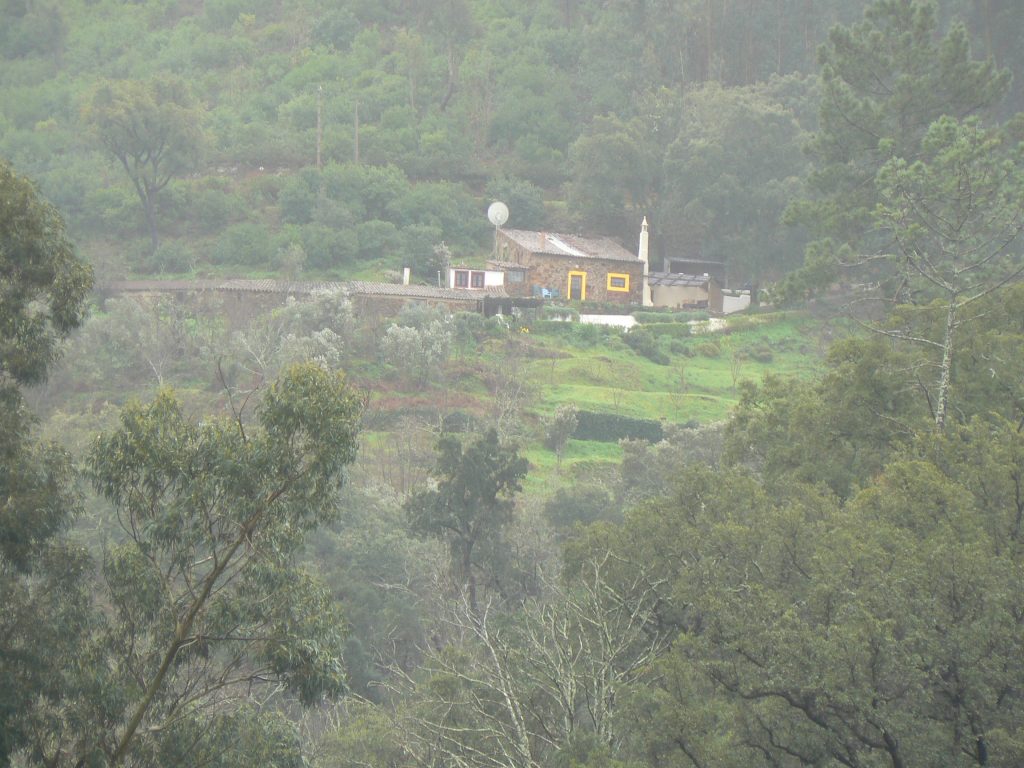
Picture your homestead.
Now you know your story you will know what is important to you. From there it is another step to get a clearer picture from the homestead you want. Let’s try to get a clear picture from the homestead you want based on your story.
Say that you do not want to eat treated vegetables any more because you think it is not healthy for your kids. That is why you want to grow your own vegetables and have your own chickens. This means that growing your own vegetables and having chickens will most likely be part of your homestead.
If it would be the case that this is the only reason that you want to start a homestead you might just start one where you are. Stuffing your backyard with vegetables and turn your home into a thriving urban or suburban permaculture homestead.
But maybe living in the woods is also one of your important wishes to start a homestead. In that case you might need to find a place in the woods where you can grow your vegetables and have your chickens.
An Exercise
Try to get a clear picture from the homestead you want based on your story by answering the following questions:
- Make a list of 3-5 most important reasons why you want to go homesteading. E.g. you want to eat healthy organic food, you want to live self sufficient, or because you love silence to meditate, it could be anything. You can check your story.
- Make a list of 5-10 most important activities you want to do on your Homestead. Things like growing your own food, canning your own grown food surplus, keeping chickens or other animals or running a restaurant or s small dairy factory.
- Try to relate 1. and 2.
Write it down or make a Mindmap.
Here is an example:
My 4 important reasons to start a homestead are that I would love to:
- live self sufficient;
- live in the countryside;
- work with goats;
- to sell my own products.
The important activities on my homestead would be:
I want to live self sufficient and I love goats so: (1) On my homestead I will grow vegetables (2) keep goats for (3)milking and (4)making cheese and I will (5) keep chickens for eggs. I also want to fill my pantry with food when there is none in the garden so I will start (6) canning my vegetables and fruit. For the fruit I will (7) grow fruit trees. (8) I will run a restaurant to sell my own vegetables, fruit and cheese.
My list of activities would be:
- Growing vegetables
- Keeping goats
- Milking goats
- Making cheese
- Keeping chickens for eggs
- Canning
- Growing fruit trees
- Running a restaurant
Prepare yourself for your unique homestead.
Now you know what activities you want to have on your homestead you can start researching on those activities. You can research on what skills you will be needing to be able to do those activities. You can actually start preparing for homesteading.
When one of your activities would be to have a vegetable garden than you can investigate on that topic. What skills do you need for vegetable gardening? What does it take to have your own vegetable garden? Which things do you need to know? How to start a vegetable garden? What tools do you need or want to use?
There is a lot of information on the internet about starting a vegetable garden. You just need to type in your question into the google search bar and google will go and look for you. You can find many blogs on the topic and you can also find books for starters.
You could do the same internet and book research on any other activity you want to develop on your homestead. Like with keeping chickens or running a restaurant.
Practising homesteading skills
Apart from internet research you could also go volunteering or even get small paid jobs to practice.
My friend, who wants to start working with goats here on our farm, organised herself a job at a goats cheese maker on her free Saturdays. This way she not only learns about the types of cheeses but also gets to know people who are keeping goats, since these goat keepers are part of the cheese makers network. This way she can gather a lot of information by talking to the cheese maker and the goat keepers. And she even gets paid!
It can really be fun to get all the skills you want or need, for your homestead together. All along the many years I learned myself a lot of skills I thought I needed to have when I would move out into a community or to start a small farm for myself. From carpentry, building skills to gardening, cooking from scratch and preserving food. And I enjoyed it a lot since those were the things I wanted to do on my future homestead. Which I was looking forward to.
The whole preparation towards homesteading was not so much done in one go, it was a slow process. When I started I was at university in the 80th, when I moved out into the countryside it was the year 2010. Many years I was just living in suburbia while I was practising my homesteading skills.
Tips to break away and realise your dream right now.
When you have a picture of your future homestead and you have your list of skills that you need to practice, you can start right there. You do not need to have a homestead to start learning homesteading skills. Start doing what you dream about, right where you are.
-
- By doing research on every question or doubt that pops up you will gather a lot of knowledge as well.
- Start with small steps and keep on going. Take your time. When you sit down and look at your list of activities you might think of other things you can start doing right now.
- By starting to do things right now you are going in the right direction. Step by step you will get closer to what you will need to start your homestead. Slowly you will transform your lifestyle into a homesteaders lifestyle.
Start your vegetable garden.
-
- Small scale or big scale, there are so many options. In pots on a balcony, in your backyard or in a rented allotment.
- This way you will learn about growing different vegetables and also how to use garden tools. By the time you will start your homestead you will own most of the garden tools that you like to use. This way you will not only learn new skills but also learn what you need to get the job done.
- Find out more about starting a vegetable garden by clicking here: Where To Start Your Vegetable Garden, Some Things To Consider.
Learn homesteading kitchen skills.
-
- Start canning with bought seasonal fruit and vegetables that you can buy for cheap. With 2-3 kg of fruit you can already make a few jars of jam. This is a very good way to learn how to make jam. You can do the same with making chutney from vegetables. Look up recipes, find out what you need by researching on the internet or talking to people who have the skills for canning.
- Start cooking from scratch, you will learn how to use vegetables from your own garden.
- Find out more about homesteading kitchen skills by clicking here: 4 Easy To Learn Homesteading Kitchen Skills For Starters
Become a handy(wo)man in the house
-
- Start making your own furniture to practice carpentry. When you need a chair in your backyard, why not make your own? Pick some simple design from the internet and try it out. You will learn a skill and also learn what tools are best to use. Especially with carpentry using the right tools is very important.
- Repair everything that needs to be fixed yourself. This is a way to learn many skills. Repairing your plumbing, flush toilet, doors, desks, windows, lights and more, will make you skilful in many things. They will all come very handy when you have your homestead.
- While you are repairing things in your house you get a good idea how things work, from there it is only a small step to designing your own thing. E.g. when you know how a flush toilet works you will know how to build part of your own aquaponics system. This is a system in which plants are grown in water with a soil-less media. You could then build a small aquaponics system on your balcony. Just as an example how you can learn to build complex self sustaining systems by just repairing things in your house.
Get experience.
-
- Get a Saturday job in a restaurant to see what it is like to run one. Or get a weekend job on a farm. Any farm that comes close to what you want to do yourself on your own homestead.
- Start volunteering at a local small scale organic farm where you can learn many homesteading skills like taking care of farm animals or growing vegetables. Small scale farms often need an extra hand. Many things on small scale farms are still done manually and not with big machines. They can be ideal places for learning. Besides this you might also find like minded people that are willing to help you to develop your ideas about homesteading.
What will be the next steps to prepare for Homesteading?
After the first steps there is much more to investigate and to prepare. Especially when you want to move out into the countryside.
When you want to stay in the urban or suburban area it will save you some steps.
The first steps that are discussed in this blog are more like a foundation on which you can build. Build on that foundation you can continue to prepare for your own homestead.
Here are some topics that will be useful to look into.
[info icon=”fas fa-info-circle” ]Some of the topics are already covered in our blog, others will be the coming month. When you do not want to miss any of the new blogs please subscribe at the end of this page.[/info]
The Best Homestead Location, What You Need To Know.
Something that will take some time is to look for the right location for your homestead. The right location would be a location that fits with your ideas about your homestead. If you want to grow vegetables you would want to have good soil, enough sunlight and lot’s of water on your location. For keeping goats your location might need to have totally different qualities. So what will be the best location in your case will depend a lot of what you want to do with your homestead.
If you want to know more about how to find the right location for your homestead: click here.
Building your own house or using an existing house.
Some homesteaders build their own house, others bought a piece of land with an existing house and added some things that they needed. When you want to rent a place, you are most likely going to use the existing buildings on the site. In that case you would probably not change a lot since it is not your own. All these options have their pro’s and con’s and are worthwhile looking into. Even the option of staying where you are and turning your site into a homestead can be worthwhile looking into.
Off grid / On grid
What does it mean to be off grid? Well it can mean that you do not take electricity or/and drinking water from the grid. I use “or/and” because it can be both or just one of the two. We are off grid with our drinking water. Not that we wish to, but there is no grid where we live. Our friends some valleys away are off grid electricity wise and water wise because there is no electricity grid either where they have their small farm.
In some cases there is a grid available but homesteaders do not want to use it because the idea is to be self sufficient even on electricity and water. There are pro’s and con’s to this approach. For us it is not affordable to be off grid with our electricity, it is a costly affair. But when money is not a limiting factor, or if you want to live where there is no grid, it might be a good option for you.
Starting A Homestead In A Remote Area.
This brings me to a related topic. How far away from everything do you want to be? Some people like to stay close to their kin, others want to live in the middle of nowhere and off grid. It depends very much on what you think is important for your life and your homestead.
I made a blog on this topic to discuss the pro’s and con’s of this topic. Click here to read more.
The financial side of starting a homestead.
- What budget do you need to start a homestead?
- How can I make money on a Homestead?
- Can I make money with my homestead or combine it with a job?
You might have one of these very important questions. The answer goes to far for this blog post but they will be addressed in the very near future. Subscribe to this blog if you do not want to miss it (scroll down).
To give you an idea: this is briefly our own situation. We started a homestead with hardly any budget. We already had our house more or less build before we moved in. My husband is a comedian who works in Holland and goes there whenever he has a gig. Additional we sell some of our products. In the near future we want to sell goat dairy products, we are developing a project on it now.
Some people in our area took a different approach. They sold their previous house for good money and from that money they build up their homestead here in the serra.
Starting from a more well of situation is different. It does not only have pro’s. When you start with a small budget you might end up making better investments since you will have to think twice before you spend your dear money.
Speeding up things, because you have the money to invest in you pocket, can be an advantage in some cases but in other case it is better to take more time for a decision.
I think there are possibilities for both situations, for people with a small or with a big budget.
Preparing yourself for your homestead will be a process.
Looking back at the questions we started with: How do you prepare yourself for your future homestead? What do you need to prepare yourself for? What knowledge do you need? And what skills? Should at least be partly answered by now. Some questions will take some time to answer.
As you go on researching and preparing you will find out things you had never heard of or you mind run into things that you do not like doing at all. In that case you might have to change your plans a bit (or even a lot) and take it from there.
You might start with the idea of moving out into the countryside and end up with a plan for an suburban homestead or vise versa. That is perfectly okay. It only means that you have done your preparation very well.
I wish you a lot of fun and luck preparing you homestead. Please feel free to post your questions down below in the comment box.

